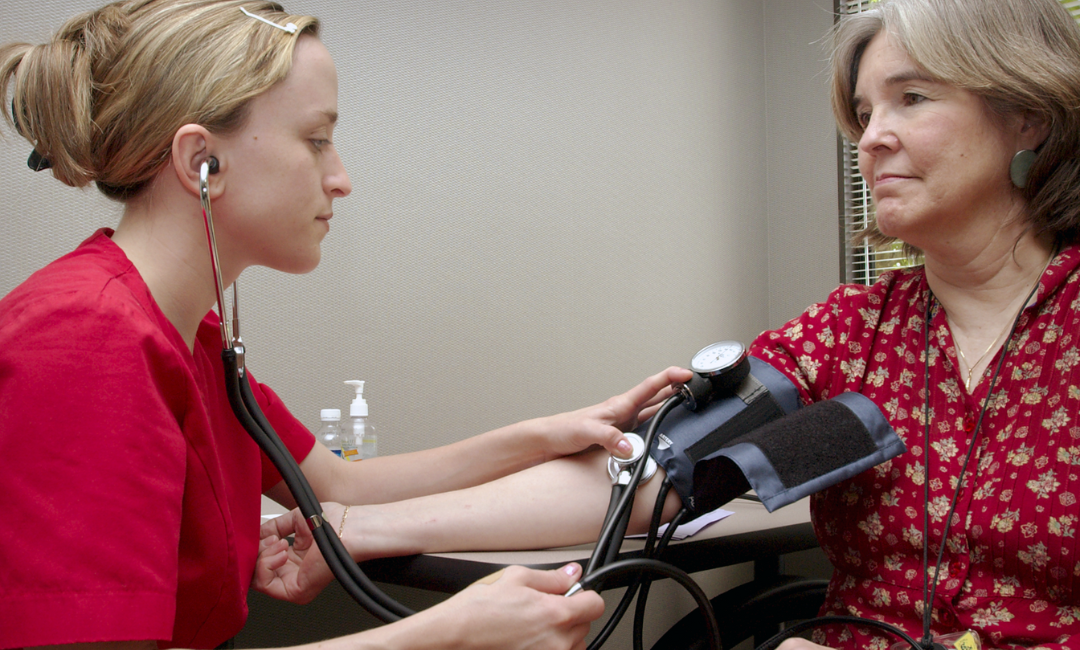Raising Endometriosis Awareness
What is it? What is endometriosis?
When thinking about periods and cramps, learning about the endometrium (the scientific name for the lining of your uterus) might not be what you’re in the mood for. This innermost lining of the uterus and helps maintain the shape of the uterus!
Endometriosis is a health condition where tissue of the endometrium (the lining of your uterus), also known as endometrial tissue, grows outside of the uterus. Some places endometrial tissue can grow include the fallopian tubes, ovaries, bladder, and further outside of the pelvic region.
In rare cases, endometrial tissue can be found in the colon and lungs as well.
When this extra endometrial tissue is outside of the uterus, it behaves like how it would inside of the uterus. During a menstrual cycle endometrial tissue naturally thickens, breaks down, and bleeds out of the uterus and out of a vagina.
However, the additional endometrial tissue outside of the uterus cannot leave the body during a menstrual cycle. As a result, the remaining endometrial tissue stays stuck in the body and can cause adhesions, lesions, or cysts to develop.
Endometriosis can be severely painful, particularly during menstruation because of the adhesions, cysts, and pelvic pressure from un-released endometrial tissue. As a result, this causes severe chronic pelvic inflammation and can be a significant influence on someone’s life.








